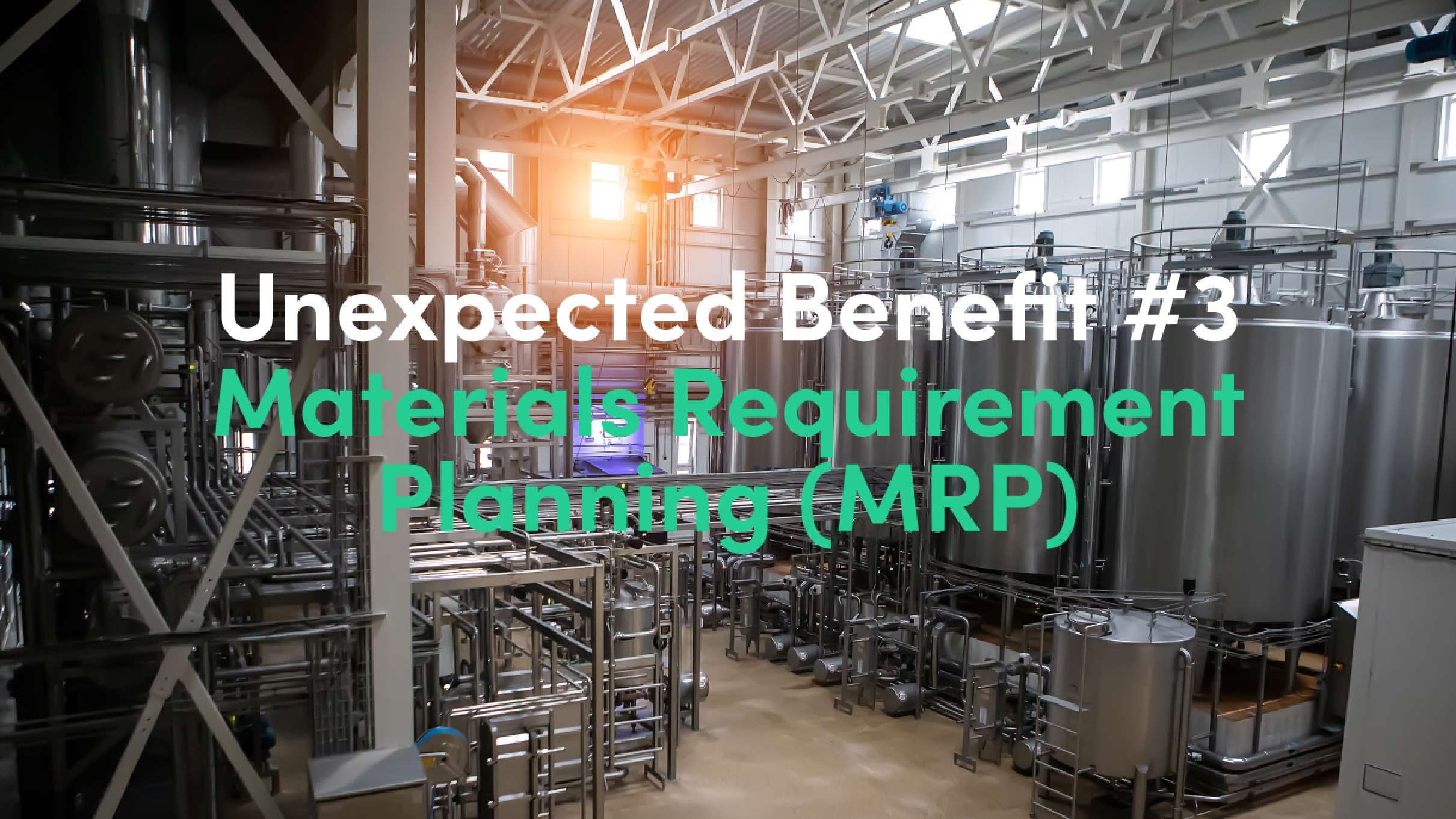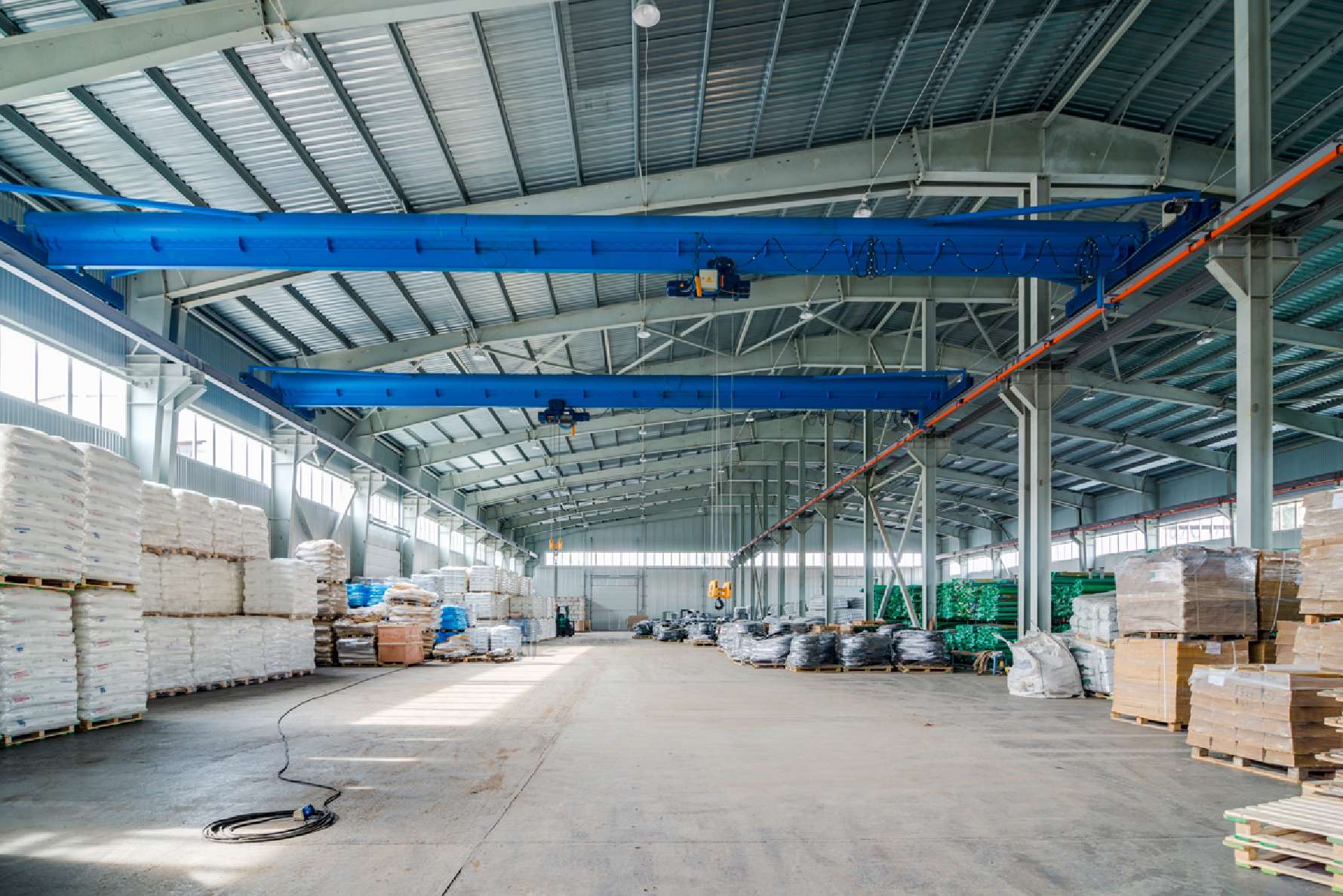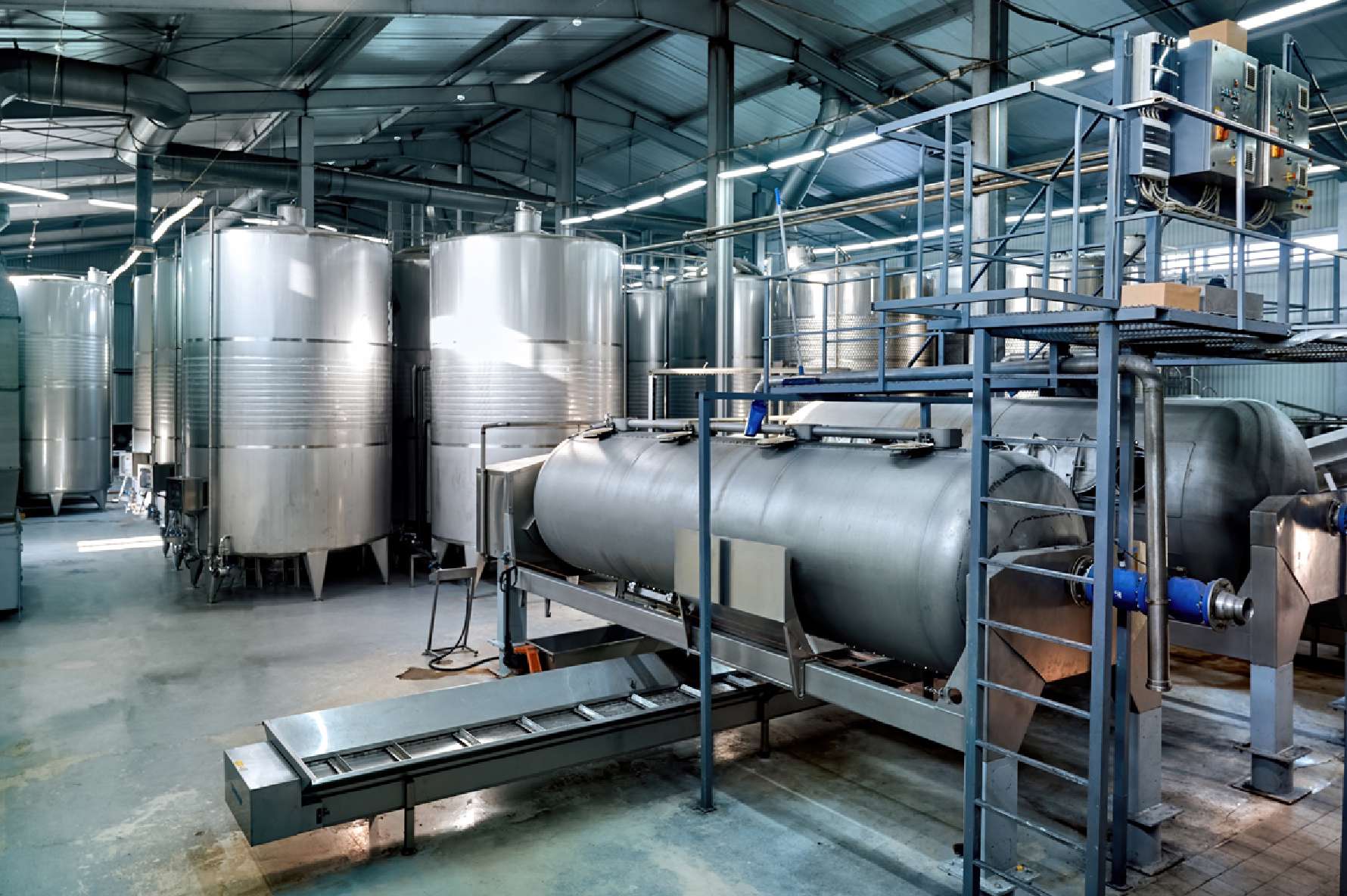Related use case
How our data management software helped yeast supplier Algist Bruggeman improve data integrity, gain more insight in its production process and make better yeast.
Frederik Van Leeckwyck on , updated
In our blog series ‘Unexpected Benefits’, we investigate the shadowing advantages of the process historian. In this new post, we will shed light on how Factry Historian dashboards can easily be used for advanced Materials Requirement Planning (MRP) by combining machine monitoring data with planning data from any ERP or MES.

In two previous blog posts, we wrote about the underlying benefits of the process historian for energy monitoring, or even for improving employee engagement. In this new blogpost, we will discuss the secret ability of the industrial data historian to perform as an advanced tool for Materials Requirement Planning (MRP), enabling many of our clients to improve the flow of raw materials and make life on the production floor easier.
Materials Requirement Planning (MRP) is a digital production planning and inventory management system designed to manage manufacturing processes. The goal of MRP is to maintain adequate inventory levels to ensure that materials are available as needed. In its essence, MRP is a method to calculate the need over time for products and materials, with the aim of not ordering or producing too much or too early.
In short, the main objectives of MRP are:
The benefits are clear:

That depends on the requirements, but in some cases it actually could. Yet it was never Factry Historian’s intention to start competing with MRP tools. Neither is MRP one of our clients’ core reasons for implementing a historian. However, once the historian is put in place for data collection and dashboarding, its ability to manage and monitor the supply of raw materials or products, all through the same customisable dashboards, becomes a great asset for our customers.
Balancing three drivers
Factry Historian is used as an MRP tool in order to optimise three key drivers: demand, inventory and lead time. Clients need enough inventory to manage fluctuations in demand or price. At the same time, they don’t want to spend too much working capital on raw materials and save space. To optimise demand and inventory, they also have to take into account the lead time required to procure materials. Piece of cake for the historian.
Through the historian’s easy-to-use dashboarding interface, employees can consult advanced visualisations and make accurate predictions about e.g. batch material usage compared to stock supply. People from procurement are automatically notified if a tank of raw materials is running out, so they can order new products on time. This not only improves the efficiency of the process, but also relieves employees from a lot of stress.
Even though the historian allows for advanced MRP applications, let’s not make things overly complicated. In the end it is simply machine data collection, integrated with planning data for upcoming production orders from ERP and MES. The MRP interface looks and works just like any other custom dashboard. Yet this is another great example of how Factry Historian separates itself from standalone machine monitoring software.

Once you pop, you can’t stop. After implementing Factry Historian, yeast supplier Algist Bruggeman started collecting ever more data from its equipment. On top of that, we built them a series of custom MES applications. Quite soon they also discovered the possibility to use their process historian as an MRP tool, thereby collecting silo level data from the historian, grabbing recipe and planning data from the MES and leveraging the historian dashboards to map out the expected material use for the planned production orders.
When will a tank or silo be empty? And will a full truck load fit in the silo when it arrives on site in 2 days? How many materials are used in the production process? Or in one production line? Accurate, real-time information on material usage and inventory now enables people from the procurement department to do their jobs even better and with less stress, without having to call anyone from the warehouse or production floor. Whenever it is time to order new materials, they are notified instantly through text or email. No more last-minute rush orders during weekends.
With increased observability of the production site, the supply chain function has everything under control. Sit back and relax.

Integrate any type of industrial data. Improve MRP along the way.
Apply now for a free demo session of Factry Historian.